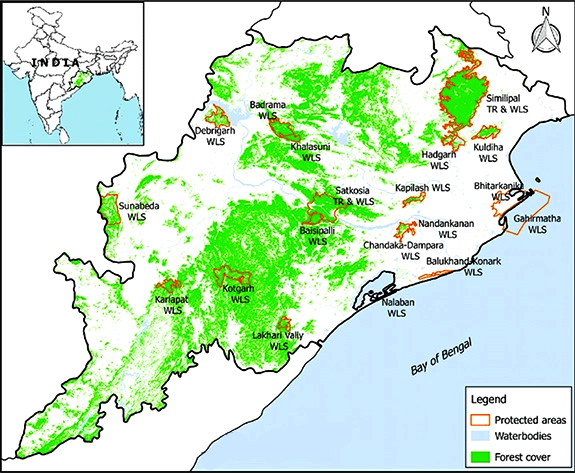Free Courses Sale ends Soon, Get It Now


Free Courses Sale ends Soon, Get It Now



Disclaimer: Copyright infringement not intended.
Context
About Similipala Tiger Reserve
Other Major Protected Areas in Odisha
|
PRACTICE QUESTION Discuss the critical role played by biosphere reserves in addressing and mitigating the challenges posed by climate change. |
© 2024 iasgyan. All right reserved